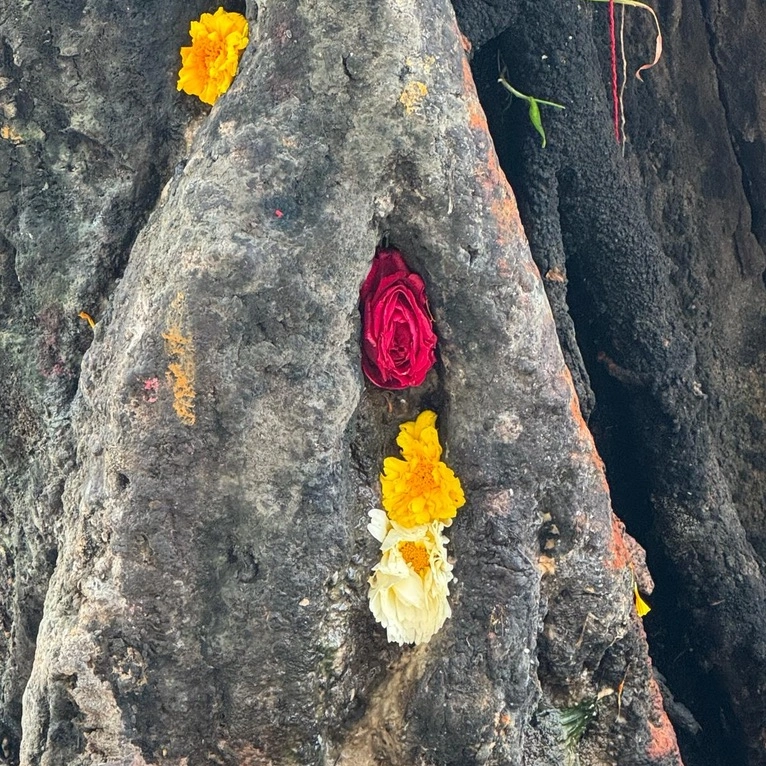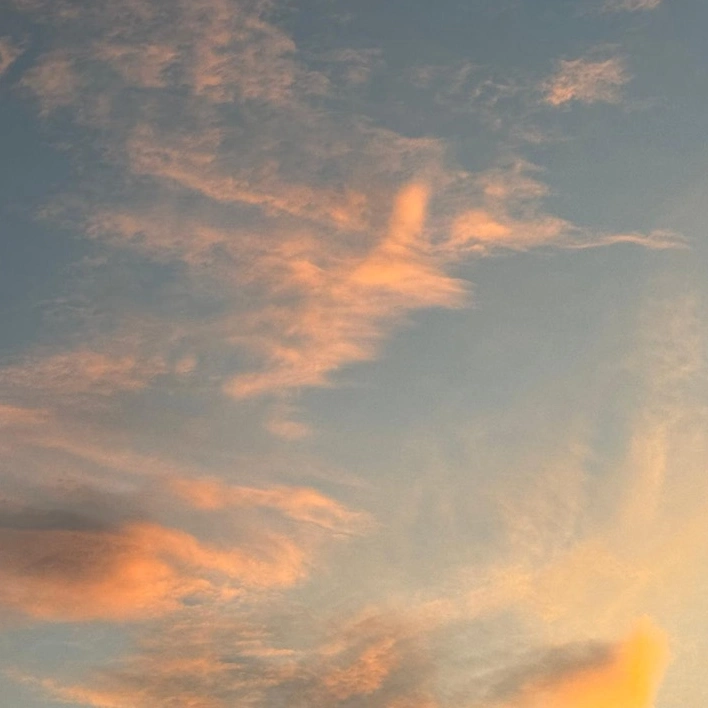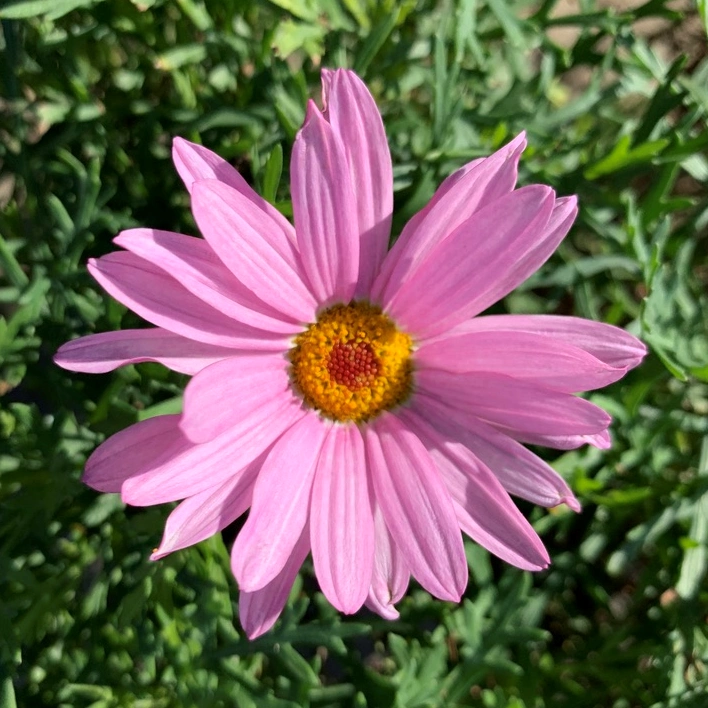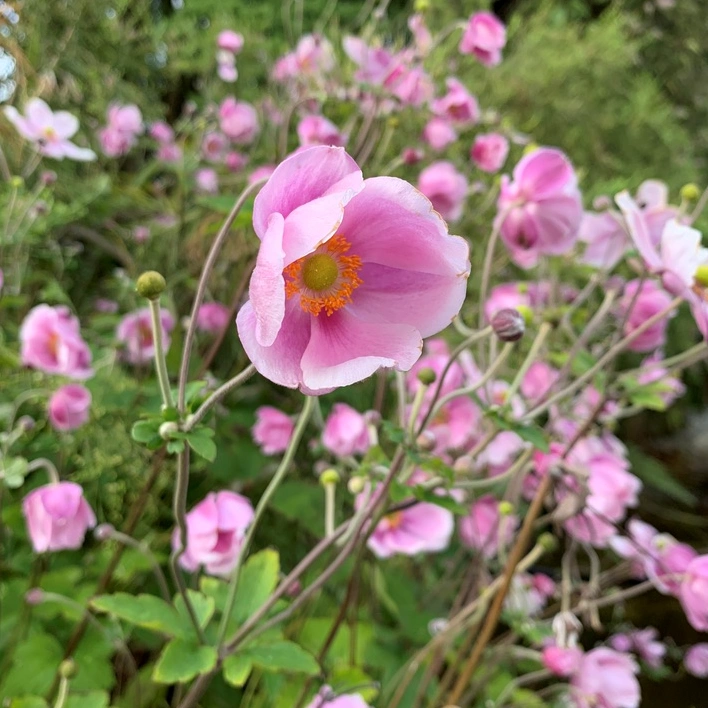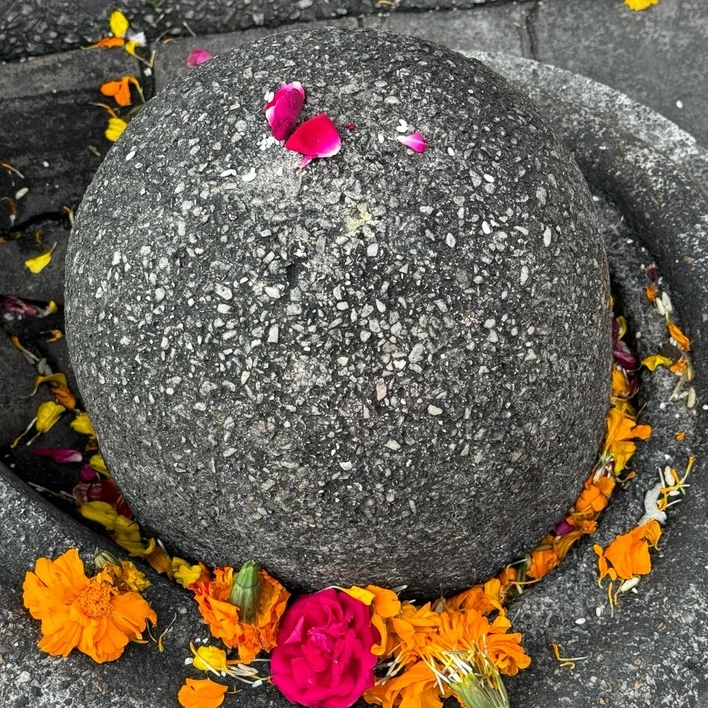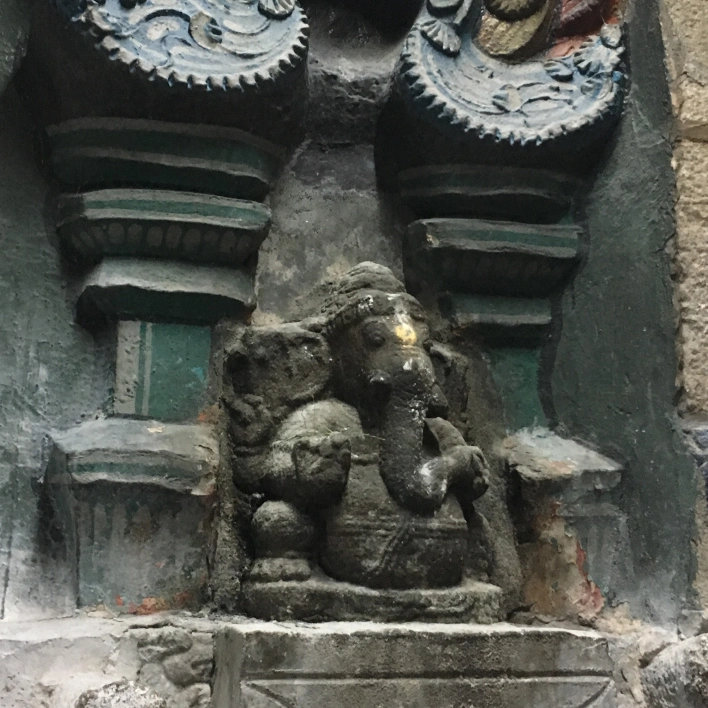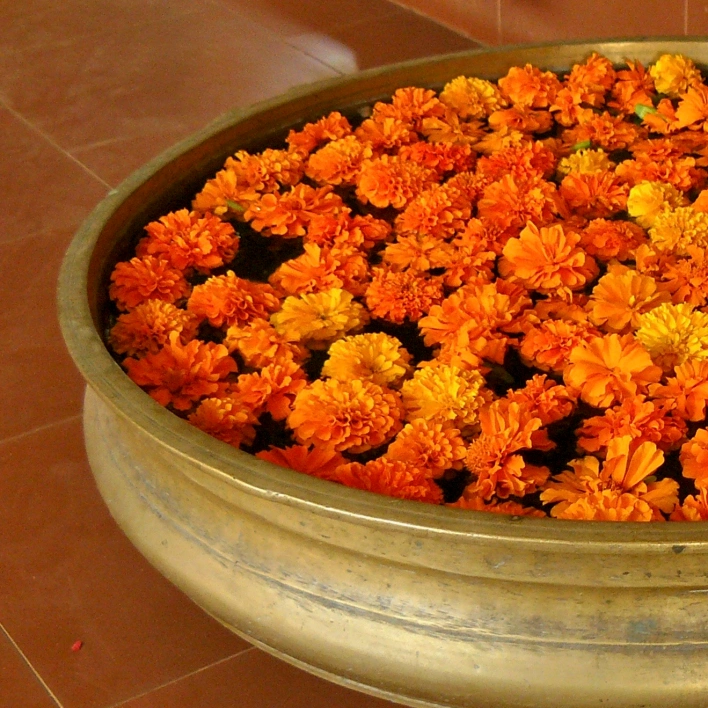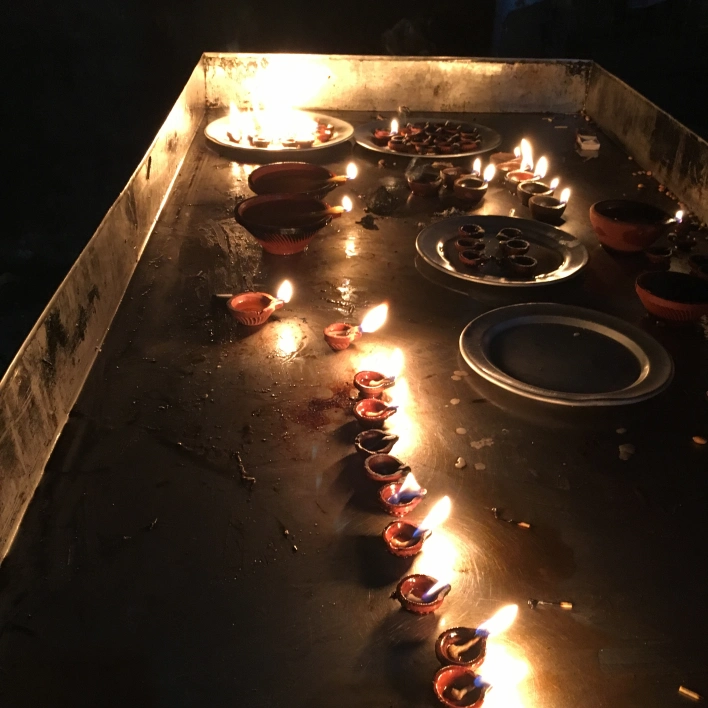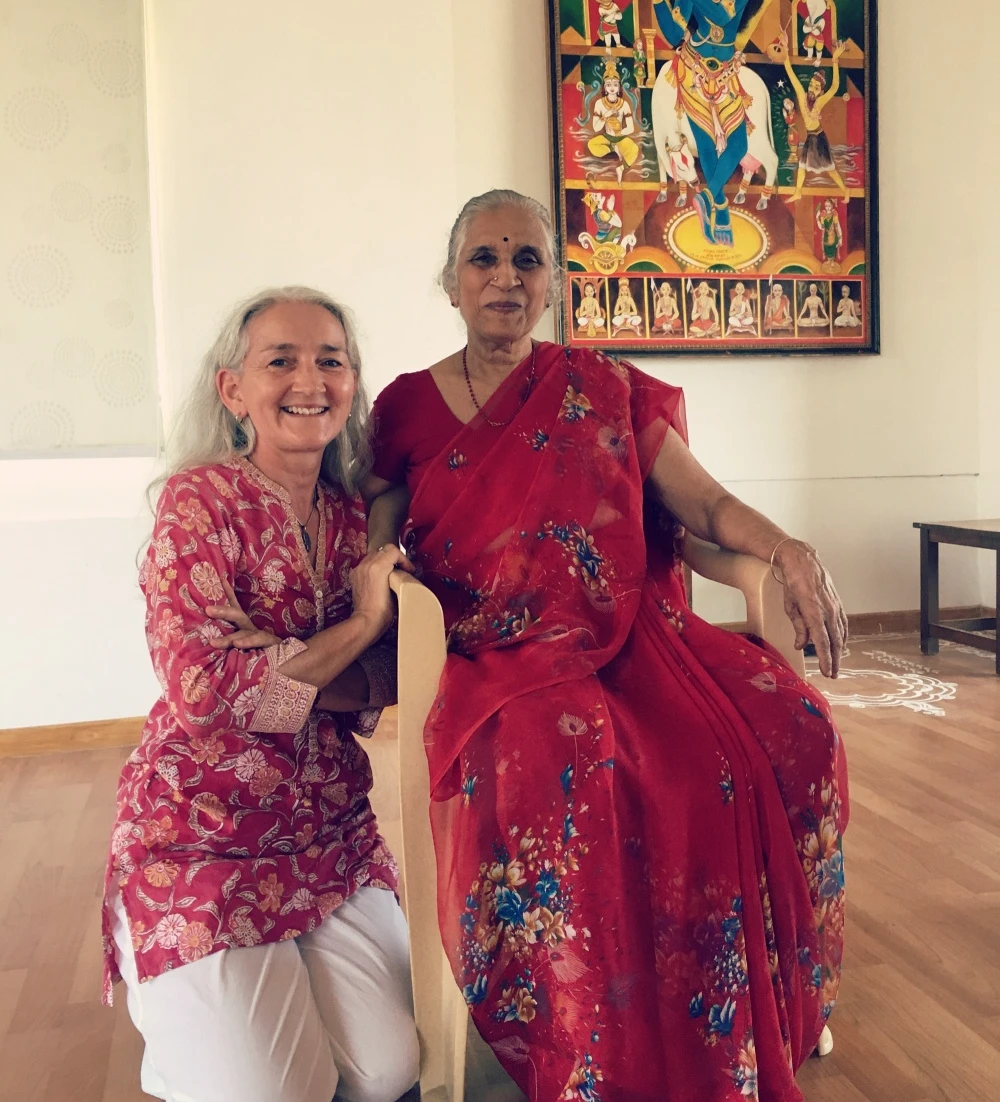You are warmly invited to this free monthly online gathering.Saturday at 12pm, February 22, March 22, April 19, May 24
We come together in peace to hold space for those who are suffering, and to send positive thoughts and vibrations around the world, as we chant and pray for world peace.
You can participate by listening, meditating, sending love around the world, or chanting along with me in your own space. I will follow the same sequence of mantra's each month. Below you will find recordings of the entire sequence, along with a brief explanation of each chant.
There is no charge for this offering. In lieu of payment, you may choose to make a donation to a charity of your choice.
If you would like to join me, please book online via
Ezybook, and you will receive the Zoom link, as well as a reminder via email 24 hours before the meeting.


